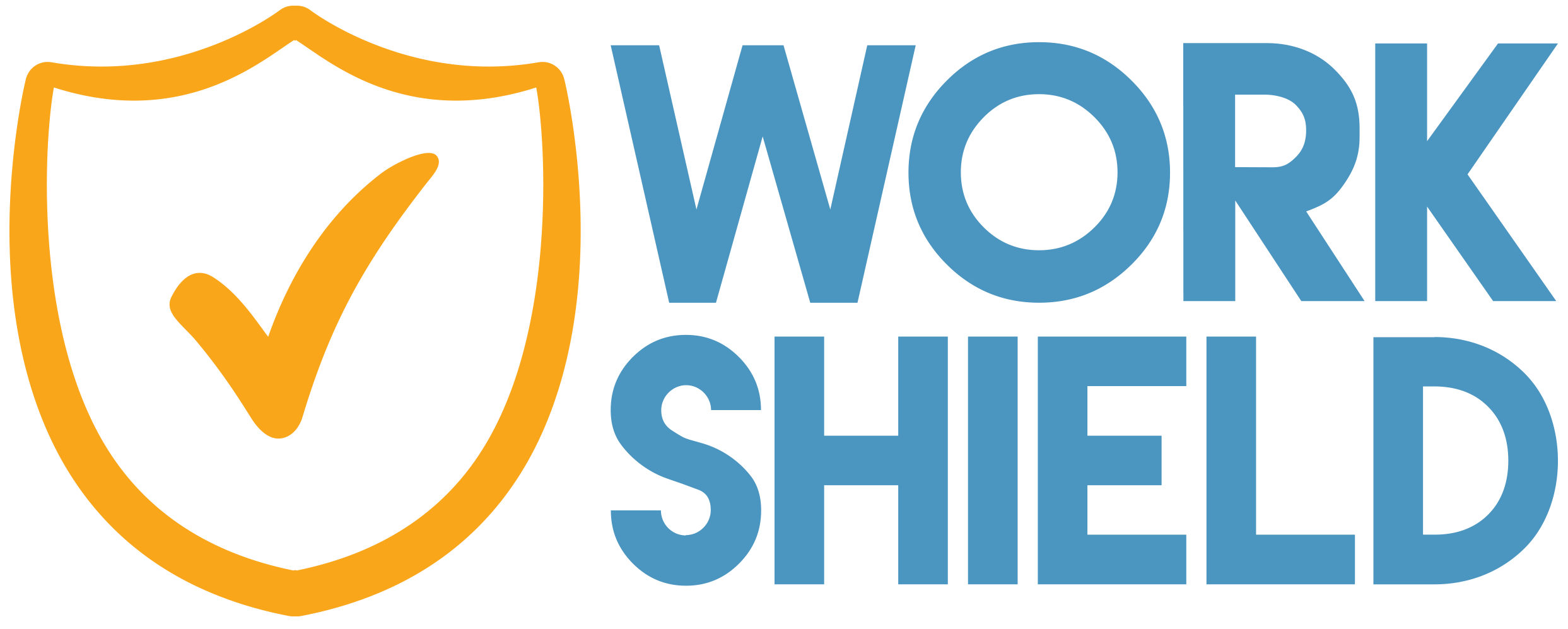Workplace misconduct can have a significant impact on an organization’s return on investment (ROI). Whether it’s harassment, discrimination, theft, or safety violations, workplace misconduct can lead to decreased productivity, employee turnover and legal costs, all of which can harm a business’s bottom line. In fact, according to a report by the EEOC, in 2020, the agency received 67,448 charges of workplace harassment, resulting in $439.2 million in monetary benefits for harassment victims.
This highlights the prevalence and impact of harassment in the workplace and the need for effective strategies to manage and prevent it. That’s why it’s essential for employers to proactively manage workplace misconduct to protect their ROI. In this blog post, we’ll explore why organizations are turning to risk management tools to support ROI.
Automated Reporting and Investigation
HR risk management tools can help streamline the process of reporting and investigating workplace misconduct. When organizations implement online reporting systems, employees are then empowered to report incidents of misconduct anonymously and securely. This lessens the fear of retaliation and offers peace of mind to those reporting. At Work Shield, we find that many employees feel comfortable reporting non-anonymously due to the security of having a third-party solution to handle the incident. Overall, automated reporting and investigation processes save time and money and ensure that incidents are addressed efficiently and effectively, which increases ROI.
Data Analytics and Monitoring
High-quality risk management technology can also help employers monitor workplace behavior and identify potential instances of misconduct before they occur. By analyzing real-time data on incidents, organizations can identify patterns of behavior that may provide insight on where to allocate financial resources. For instance, if one location in a multi-location organization has a significantly higher rate of misconduct reporting, leadership can make the decision to implement focused training and oversight at that one location rather than using a blanket approach that disperses resources to all locations, spending more time and money. Leveraging data allows employers to find the most cost effective way to reach desired outcomes to maximize ROI.
Reduced Filed Claims
Workplace misconduct technology can help reduce the amount of misconduct claims filed by providing employees with safe and easy ways to report incidents of misconduct, as well as by preventing incidents from occurring in the first place. For instance, online, third-party reporting systems can allow employees to report incidents without fear of retaliation or judgment from their colleagues. This can encourage employees to report misconduct early on, before it becomes more severe or widespread, ultimately reducing the number of claims filed. One organization had 11 EEOC charges filed within a two-year period, but after partnering with Work Shield, they had zero.
The data is clear, workplace misconduct can have significant financial consequences for organizations. When instances of misconduct occur, they can lead to costly legal fees and settlements, damage to the company’s reputation and decreased productivity. Additionally, misconduct can contribute to employee turnover, which can be costly in terms of recruiting and training new employees. All of these factors increase a company’s financial risk and can ultimately impact its bottom line. Therefore, it’s crucial for organizations to proactively manage and prevent workplace misconduct through a trusted third-party solution, such as Work Shield, to protect themselves from financial risk and ensure a positive return on investment.





